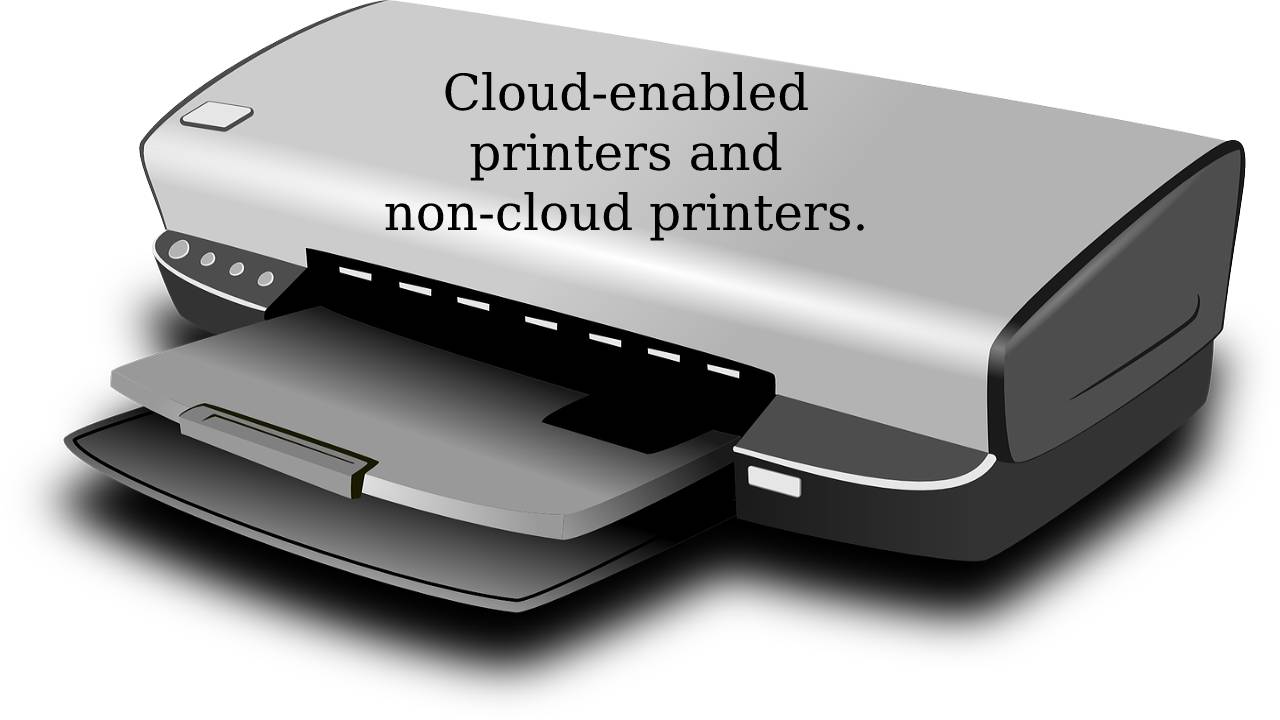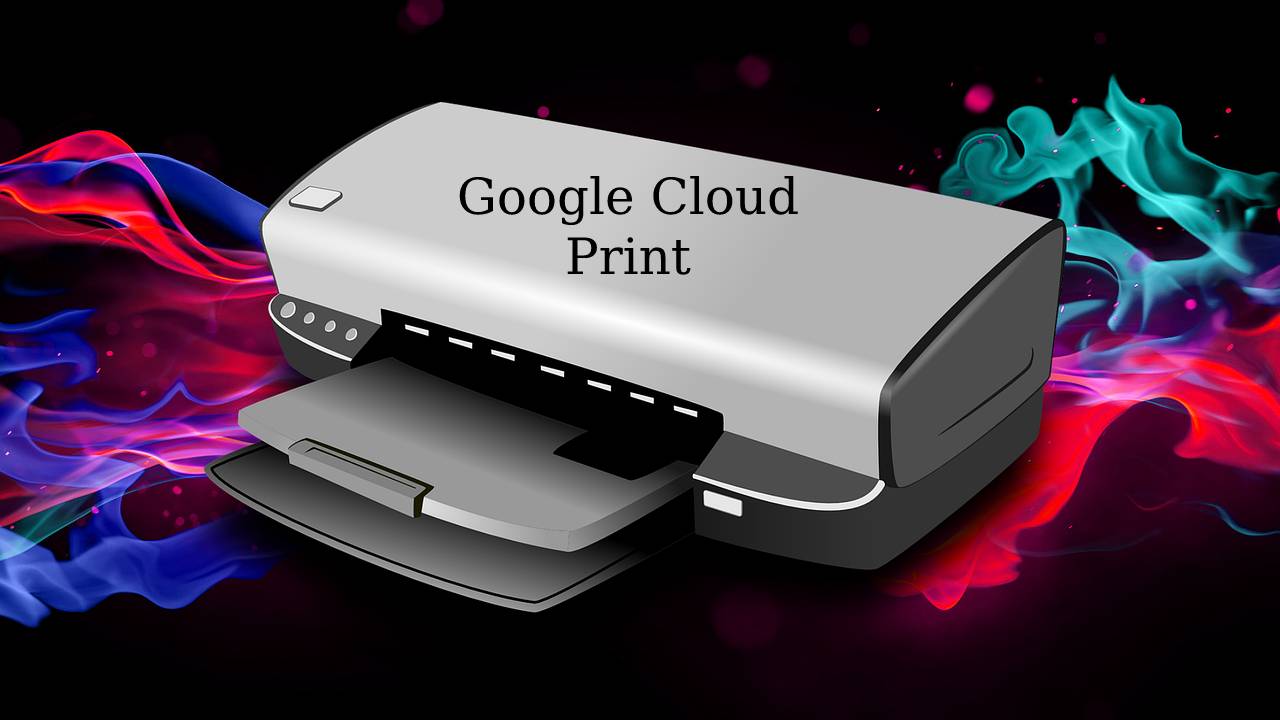Google Cloud Print (GCP)
Google Cloud Print (GCP) allows any application like web, mobile, desktop on any device to design to any cloud-connected copier.
This page offers an overview of all public developer documentation related to GCP.
For more information on Google Cloud Print, please visit our official Cloud Print website.
Manage GCP printers; please see the section “Receiving Print Jobs.”
An application developer and would like to submit print jobs to Google Cloud Print, please see Submitting Print Jobs.
What is Google Cloud Print use?
- Today we see two significant computing trends: the shift to web and cloud applications and the proliferation of networked mobile devices.
- As these web apps and mobile devices become more functional, users expect the same experience from their PCs, and printing tops this list.
- Reproducing traditional PC operating systems’ complex print architectures on these new class devices is undesirable and often impossible.
- Moreover, users, developers, printer manufacturers – want to expand the driver clutter.
- GCP eliminates the need for drivers and provides complete printing for next-generation mobile and web applications.
- Achieve through the use of a cloud-based print service.
- Applications no longer rely on the local operating system (and drivers) for printing.
- Instead, as shown in the diagram below, applications (either native desktop / mobile applications or web
applications) use GCP to submit and manage print jobs. - The GCP is then responsible for sending the print job to the appropriate printer with specific user parameters and providing the application’s job status.
Google Cloud Print Components
- Here is a short description of each component in the diagram above.
Applications
- It can use any application, including web applications (such as Gmail and some third-party applications) and native applications (such as a desktop word processor or Android / iOS device).
Google Cloud Print APIs
- They can practice these APIs to collect the data needed to display a user interface for custom print options or use the generic print dialog provided by Google Cloud.
- However, there are also APIs for querying the status of a print job.
- It is now integrated with Gmail for mobile and Google Docs for mobile and combined with other apps in the coming months.
- Third-party app developers can also use Google Cloud Print in their web, desktop, and mobile apps.
GCP Service
- Google Cloud Print is web service presented by Google. Users subordinates copiers with their Google account.
- Printers are preserved in much the same way as documents in Google Docs — it’s straightforward to share printers with colleagues, friends, and family anywhere in the world.
- However, no complex network configurations are required for print sharing to work!
- In addition to linking printers to a Google user account, GCP also stores each specific printer model’s capabilities.
- The corresponding printer settings can be shown to the user when a print job is submitted.
- As soon as the service receives a print job, it sends it to the printer.
- And also, the service also receives regular updates to the printer’s print job status and makes this status available to the application.
Google Cloud Printers
- Google Cloud Print distinguishes between two types of printers: cloud-enabled printers and non-cloud printers.
- Basically, Cloud-ready printers are the next generation of printers with built-in cloud connectivity.
- The cloud-ready printer does not require a PC connection or printer driver.
- The printer is registered with one or more cloud printing services and is waiting for a print job.
- We trust cloud printing has tremendous benefits for end-users and the industry.
- More and more is expected of users as the rapid transition to cloud applications and data storage, and mobile computing.
- We also believe that we can only realize the benefits of cloud printing if the protocols are open, freely implementable, and, where possible, based on existing industry standards.
- We expect more cloud-based print services, and users should choose which services to use and which printers they connect to.
- However, HP has released its ePrint Cloud Ready line linked to Google Cloud Print, and more Cloud Ready models will be released in the coming months.


